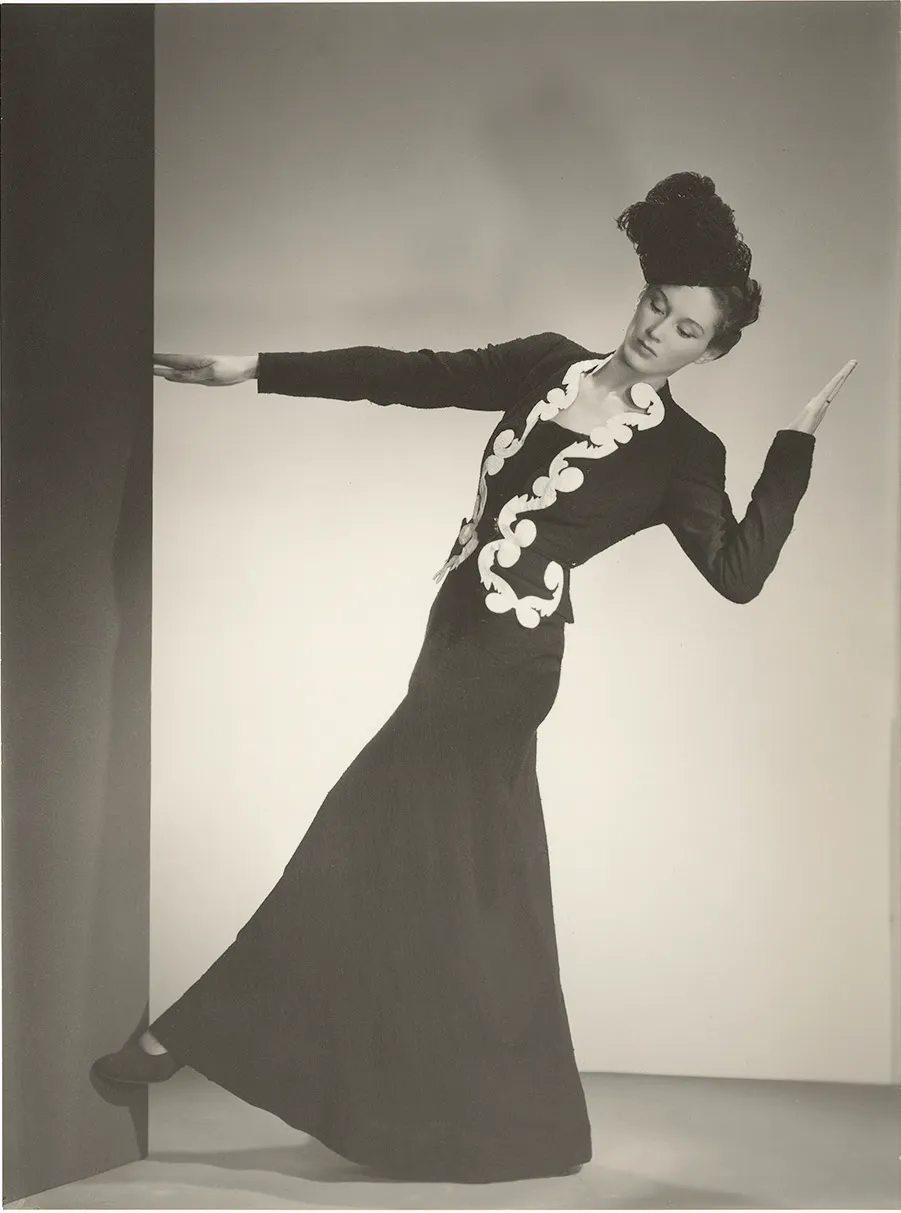Before there were supermodels, there was Lisa Fonssagrives-Penn— a Swedish beauty who epitomized the elegant hauteur of the golden age of couture. The post-war boom might have made couturiers into household names, but models remained anonymous, if living and breathing, mannequins, onto whom designers and photographers could project their ideals. “I’m just a good clothes hanger,” said Fonssagives-Penn when she was on the cover of Time in September 1949. It’s as outrageous a statement as Linda Evangelista’s “we won’t get out of bed for less than 10,000 a day” quip, not least of all because it is so patently far from reality. The subtitle that ran under the model’s name in that 1949 magazine feature read: “Do illusions also sell refrigerators?” and the story was really about this so-called “billion-dollar baby’s” success, as measured by her hourly rate.
Models are tasked with bringing the fantasy of fashion to life, both bodily and in terms of mood or vibe. Fonssagrives-Penn’s physicality is a recurring theme in Lisa Fonssagrives-Penn: Fashion Icon (SKIRA), a book that grew out of an exhibition earlier this year at the MEP (Maison Européenne de la Photographie) in Paris. The show and book highlight Tom Penn’s gift to the museum of a cache of personal photographs from his mother’s estate. These are images that had been given to the model by the photographers with whom she worked. Some of them, being variations of images that ran in Vogue or other publications, might be familiar. Least known, and most expressive of the model’s range of movement, are pictures from the 1930s by Fernand Fonssagrives, the model’s first husband.


